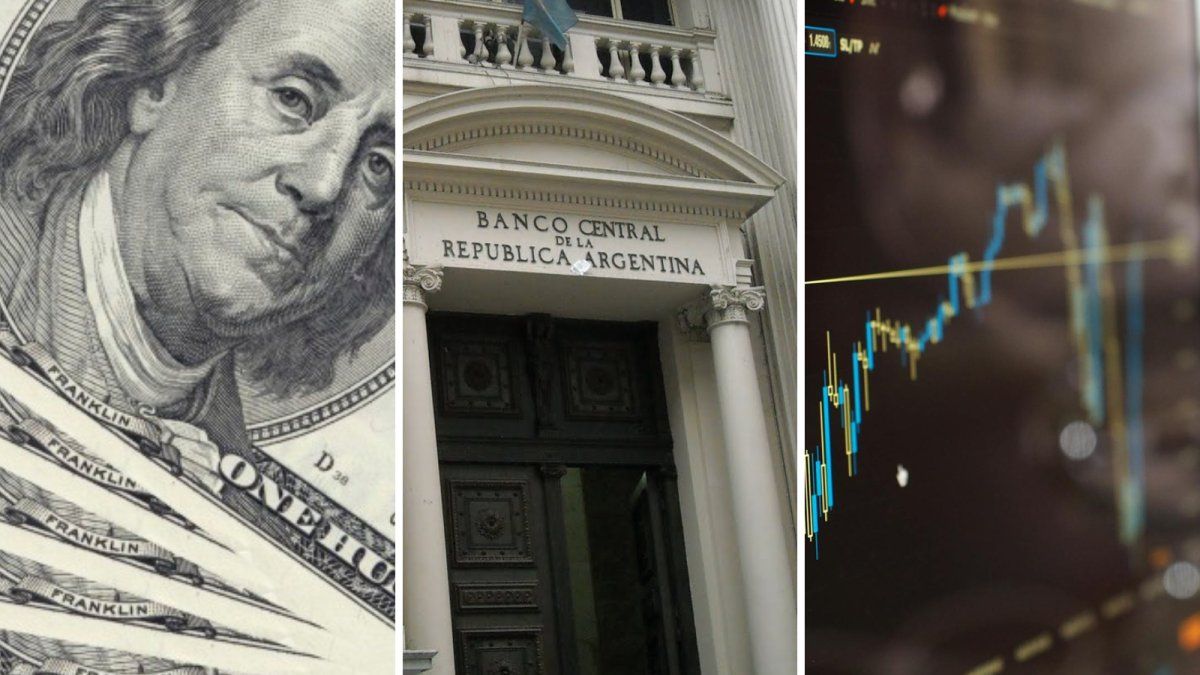After demands of International Monetary Fund (IMF) to update the rates light and gas after the devaluationthe Government works in a new increase and at what levels of rate segmentation will impact.
In the economic team they recognize that the decision is “absolutely conditioned” by the electoral calendar and, at the same time, they suffer “pressure” from the Commitments assumed with the multilateral credit organizationwhich disbursed US$7.5 billion in exchange for a new battery of measures aimed at strengthening reserves and fiscal order.
Economy defines how much rates will increase after the devaluation required by the IMF
Before making the decision, officials wait for a Cammesa report, the wholesale administrator of the electricity system, about the impact on costs. The company subsidizes the rates of electricity bills, which in the last 12 months have risen up to 500% due to the removal of subsidies in the highest income sectors.
The energy department, Flavia Royonstated this week that there will be an adjustment to update energy costs in function of the devaluation of 20% of the weight, although he did not give details on how it will be transferred to consumers.
“The impact of devaluation in the cost of energy generation it is approximately 10%; We are going to talk to the Minister (of Economy) Sergio Massa to see if this is transferred to the bill only for the high-income segment or there is some kind of update, that is under study,” Royón said this Friday in statements to Radio Universidad de Córdoba.
The Government evaluates the increase in tariffs
The economic team must define when and how much the increase in bills will be. As the cost of electric power is 80% dollarized and that of gas is 100%, the devaluation implies a reduction in the cost covered by subsidies in the different segments, which should be covered with more subsidies or higher rates.
Given this situation, if the Government decided to adjust the cost of energy by 10%, the bills would rise up to 7% on average, depending on the category and level of consumption. “We are still analyzing the impact of the devaluation in the monomic value (production cost)”, sources from the Energy Secretariat indicated.
The impact will be different based on the rate segmentationwhich at the request of the Fund implied the total reduction of subsidies from May 1 to higher-income households (level 1), the maintenance in its entirety to low-income households (level 2) and the subsidy to the middle sectors ( level 3) up to a limit of electrical energy consumption.
If the Government does not increase rates, the State absorbs the effect of the devaluation
The Government knows that if it does not increase rates after the devaluation jump, the State would absorb the effect of the devaluationthe households would pay a lower cost and would increase subsidies.
According to projections made by the Fees and Subsidies Observatory of AFISPOP IIEP-UBA, would amount to an additional $70,000 million until the end of the year (equivalent to US$200 million).
The subsidies constitute a sensitive item that the IMF monitor closely. In the April review, it was agreed that energy subsidies would drop to 1.5% of GDP in 2023, compared to 1.9% the previous year. In July, prior to the devaluationthe body warned that it was necessary “update energy rates to better reflect production costs“, and he reiterated it this week, during the visit of Sergio Massa to washington.
Source: Ambito




